It does not please anyone to purchase the low-quality shoe. It is even more painful when you realize that you were deceived by the looks or price of the footwear.
You would not want to fall into such an ugly trap. So, here are four (4) pointers of a high quality shoe.
1. Quality of the upper material
A shoe is primarily made of two parts: the upper and the sole.
As the name implies, a shoe upper is that part which appears above and covers the actual foot top.
Depending on the end-use, shoes are made with different upper materials including leather, textile (knitted/mesh), suede, and so on.
The quality of this upper material affects the general shoe quality. Low-quality materials directly produce poor grade shoes.
a. Leather shoes
If you are looking to purchase a shoe for casual, work, or winter purposes, then you must go for full-grain leather shoes.
Full-grain leather is the best quality of leather available. It has the original leather texture since it is not sanded or buffed.
This leather is durable and more breathable than the other types of leathers.
However, some dress shoes are made with top-grain leather. This leather is the second-best available. They have a smoother feel than the full-grain.
Therefore, your first choice should be a shoe made with full-grain leather.
To identify it, take a very close look at the leather. For a better view, zoom in on a mobile camera.
If you see the skin pores, then it is most likely that the leather is full-grain.
b. Sports shoes
Today most sports shoes are made with mesh or knitted upper or breathable textile materials for improved performance.
Leather is a good sports shoe material too because it is sturdy, yet flexible. But they make shoes heavy and less breathable than textile or mesh materials. A good athletic shoe should be light.
Top athletic shoe brands combine these materials to get a more desirable product.
At this point, you should concentrate on the performance the shoe would offer you.
- Will it give you the best comfort?
- Is it breathable enough for the purpose you want to use it?
- Is it light enough?
Shoe material red alerts
- Do not buy a shoe if the manufacturer did not specify the actual material(s) of the shoe. A term like “genuine leather” is commonly used to hide the ills.
- Avert buying if it is a faux or synthetic material. Such shoes will not give you the comfort and breathability you desire.
- Do not buy if the leather is a bonded leather or one of the low-grade leathers. You can learn more about leather qualities on Godbolegear.
2. Method of production
Another quick but smart way to spot a quality shoe is to understand the method by which it was produced. It is either handcrafted or mass-produced.
High-quality shoes are rather handcrafted than mass-produced.
But how the hell can you tell?
- Handcrafted shoes are well constructed such that every detail is perfected. Unfortunately, you can quickly spot errors and defects in mass-produced footwear. Look at finishing my dear!
- Most mass-produced shoes are made with low-grade materials. This is not usually the case with handmade shoes.
Logically, no manufacturer will want to spend so much time building a shoe with poor quality shoes.
Shoe production red alert
Shoes that are mass-produced because they did not receive the good attention they are supposed to get during production. As such, they will not likely last long.
3. Type of shoe construction
The way a shoe is constructed is a perfect benchmark to judge its quality.
By construction, we mean how the shoe upper and the sole are joined. There are two ways a shoe can be constructed:
- Stitched and,
- Glued or Cemented
High-quality shoes are most likely to be stitched than glued. Glued shoes are mostly mass-produced, hence lower quality.
There are two major kinds of welting/stitching you can find:
a. Goodyear welting
This is the oldest style of welting and the most labor-intensive but also the best. Two lines of stitches run along with the shoe. One joins the leather to the insole, and the second joins the leather to the outsole.
You can quickly identify a Goodyear welted shoe by the line of stitch you see on the external.
b. Blake welting
In Blake’s welting, a line of the stitch is used to join the upper to the outsole and insole. The stitch usually runs from the inside.
Both Goodyear and Blake’s welting is good. But Goodyear is the most popular and considered the best for high-quality shoes.
Nonetheless, both have their pros and cons.
Shoe construction red alert
Do not buy a glued shoe, especially in dress shoes if you want high-quality shoes. However, athletic shoes are predominantly glued because of mass production.
4. Price of the shoe
Another strong way to identify a good shoe is from the price. Although, this should not be your only deciding factor.
Shoes made with expensive and high-quality materials are most likely to be expensive.
As we pointed out earlier, handcrafted shoes are also very expensive because of the time and labor poured into the art.
Alas! Do not be deceived by a mere price tag. The so-called expensive brands may flash low quality footwear with a huge amount of money tagged on it.
For instance, Gucci may produce a shoe of similar quality with Kenneth Cole. But because of the brand perception, Gucci might give a higher price tag to theirs than Kenneth Cole.
Pay more attention to the previous points discussed above.
Shoe price red alert
Do not buy shoes that are too cheap. Most times, they are equal to the low-grade materials they are made of.
As you consider the weight of your pocket, make sure your single dollar counts on quality stuff. Also, be careful not to fall for the marketing strategies of “expensive brands.”
Points to consider before buying a new pair of shoe
a. Timing
One of the important points to consider when buying shoes is timing. It is often best to buy your shoes after your feet have expanded a little due to stress.
This is usually in the evenings, or after really long walks. That way, you’ll get your maximum size limits and won’t need to wear tight shoes at all.
b. Flatness
Equally important for you to consider, is the flatness of the shoe you intend to buy.
We’re aware that high heels are the fashion of the day; especially for ladies. But wearing high heels stress the foot muscles and cause improper weight distribution at the metatarsal bone.
Hence, it is important you refrain from wearing them so much. Make flat shoes your priority.
c. Uniformity
While shopping for shoes always remember to test the shoes on both your feet. Feet are rarely ever the same size, as a matter of fact.
A research work on Springer noticed that most right-handed people have bigger right feet (the same occurs for the left foot and left-footed prayer).
You wouldn’t want one foot to fit and the other to not fit.
d. Shape
When you go to get your shoes, make sure they are the same shape as your feet. Don’t let retailers compel you into buying shoes that don’t fit by saying “Your feet will conform to the shape”.
It should be the other way around. Let the shoe not only fit your foot shape but also have a little space for a bit of inside movement.
e. Material/Finishing
There are a lot of materials used for making and finishing shoes, each with their own property. The most popular materials include leather and synthetic materials.
We ask you to consider this point before buying a shoe because of the property called breathability.
Breathability is the ability of shoes to absorb and release moisture from the wearer’s feet.
Breathable shoes are particularly helpful in the hot weather, where the average person releases up to 0.1cl moisture in a day.
So, you would want to make sure the shoe is breathable enough, especially when you intend to use them in summer.
Generally, shoes designed with a textile or mesh upper are breathable. Nonetheless, you should read the shoe’s specifications to ensure it is breathable before you go ahead.
f. Flexibility
Flexibility is simply the ability to bend freely. A simple flexibility test you can perform while buying your shoes is to bend the tip and the back (toe and heel areas) towards each other.
If the sole can take a ‘V’ shape, the shoe is flexible. If you’re going to make your feet carry you the whole day, you might as well make them comfortable. A flexible shoe should do just the trick.
g. Size
If you buy a shoe that’s too big, your feet won’t grip them properly. If it’ is the toe area that is too big, you could find the shoe flapping in an embarrassing manner with every stride you take.
If it is the heel area, you would feel the shoe almost pulling off with every step.
On the other hand, if the shoe is too small, you would most likely be in pains throughout the day.
After that, you’ll come home to sore, sweaty, probably smelly feet. You don’t want that.
So make sure whatever sure you’re getting is your size with about a finger’s breadth allowance between your toes and the tip.
Perhaps you want to buy them online, this guide will help you know your shoe size before you go ahead to make the purchase.
Conclusion
It is important to know beforehand whether or not to trust the manufacturer of those shoes. When it comes to shoemaking, some manufacturers just can’t seem to miss.
Others, however, not so much. You can check for reviews online, ask people as well, to know whether or not the manufacturer is trustworthy.
That way, you narrow your selection down and make your shopping easier.
Related Posts
What is a Penny Loafer? (Definition, History, Pros, and Cons)
Best 15 Men’s Dress Shoes Under $100
Best 15 Brown Dress Shoes for Men
Oxford vs Derby: Differences and Similarities

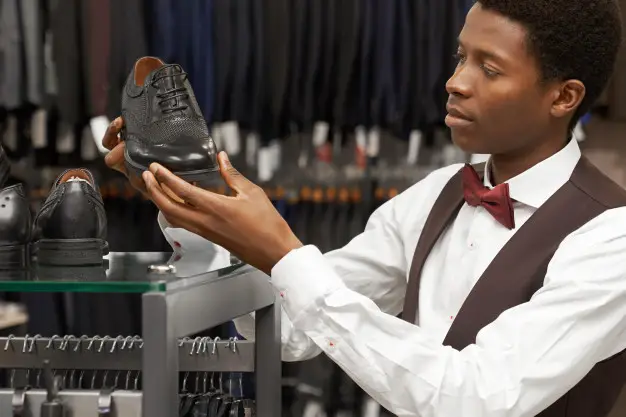
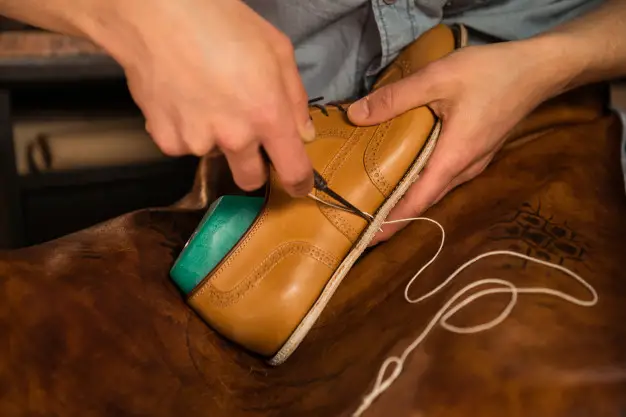
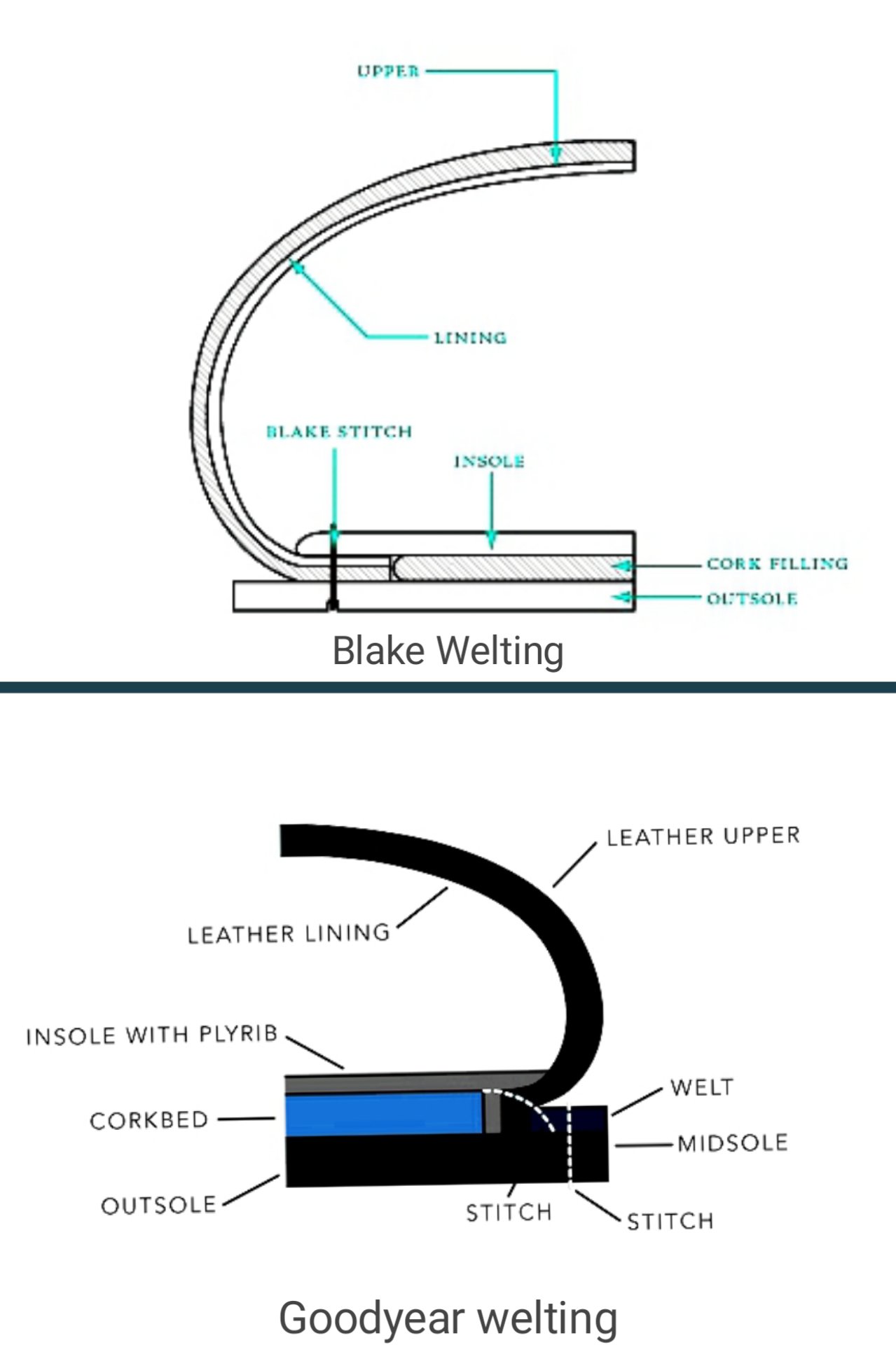
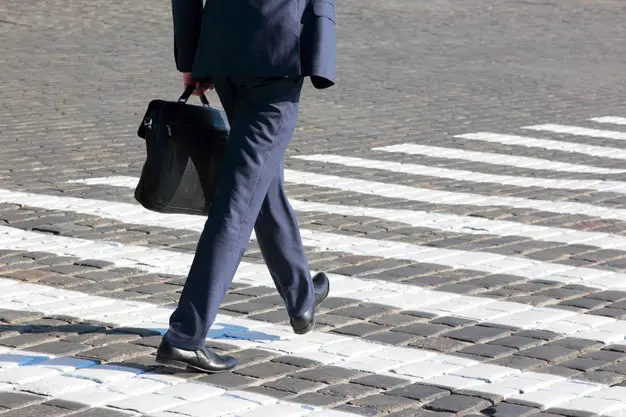
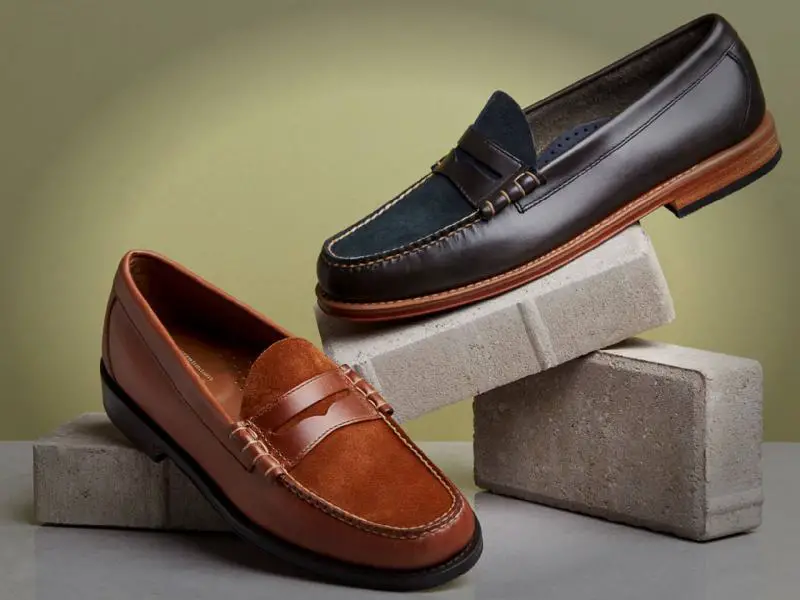
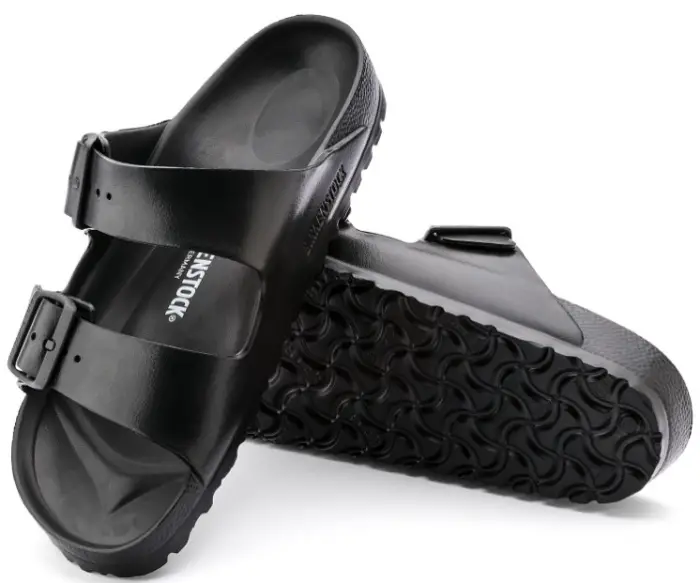
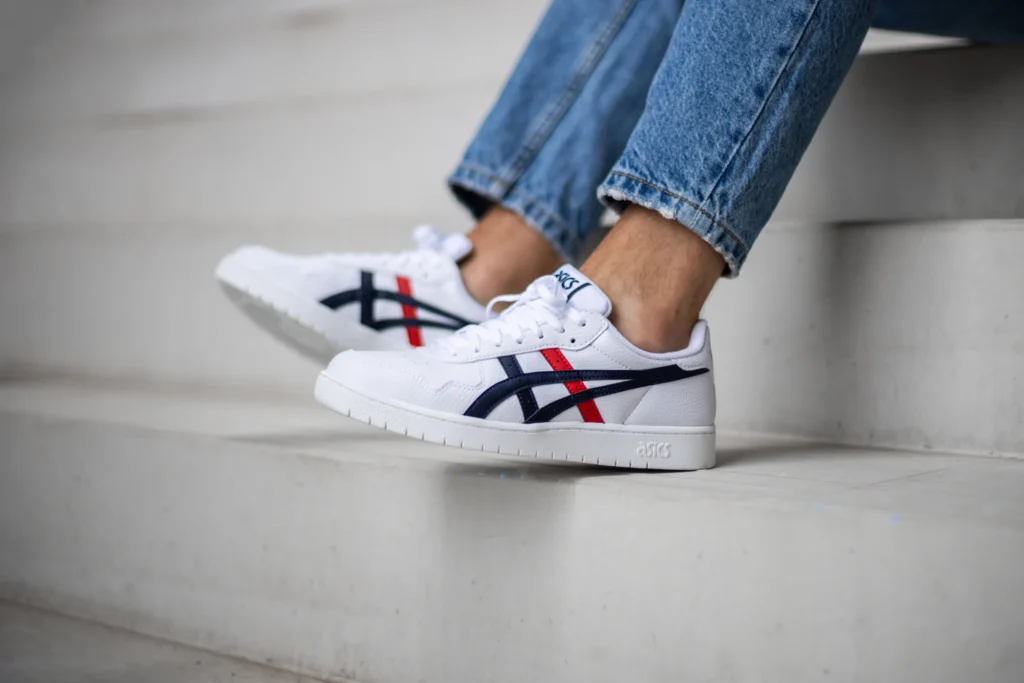
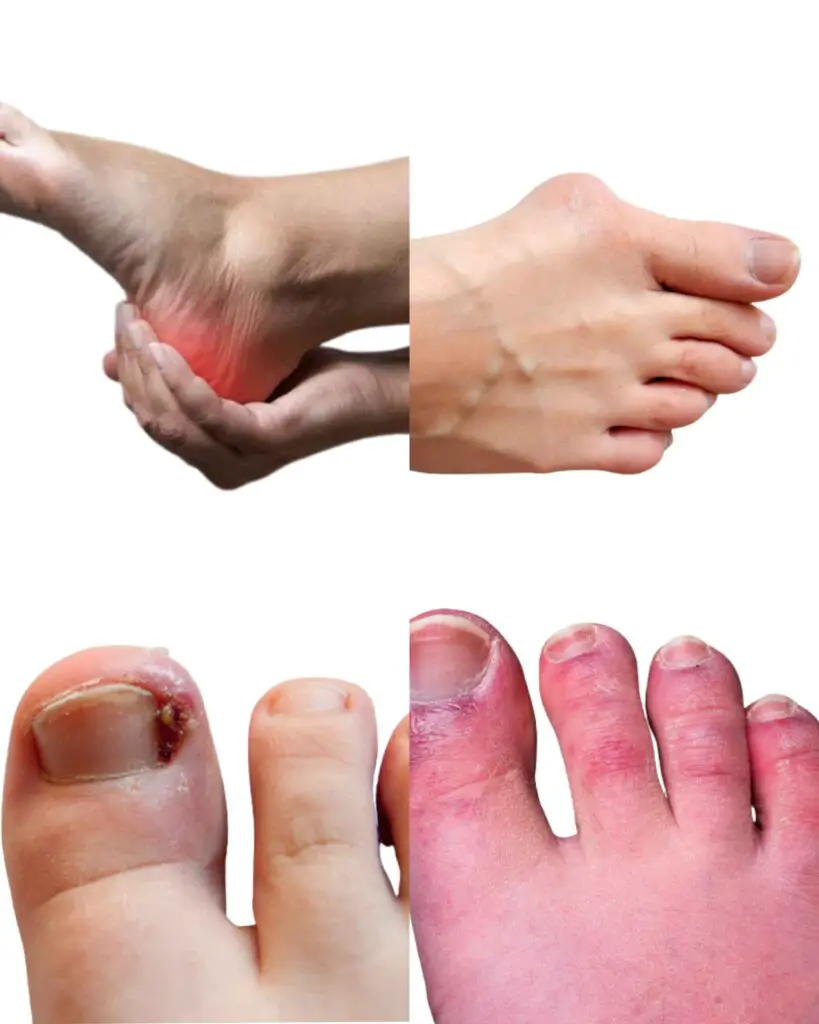
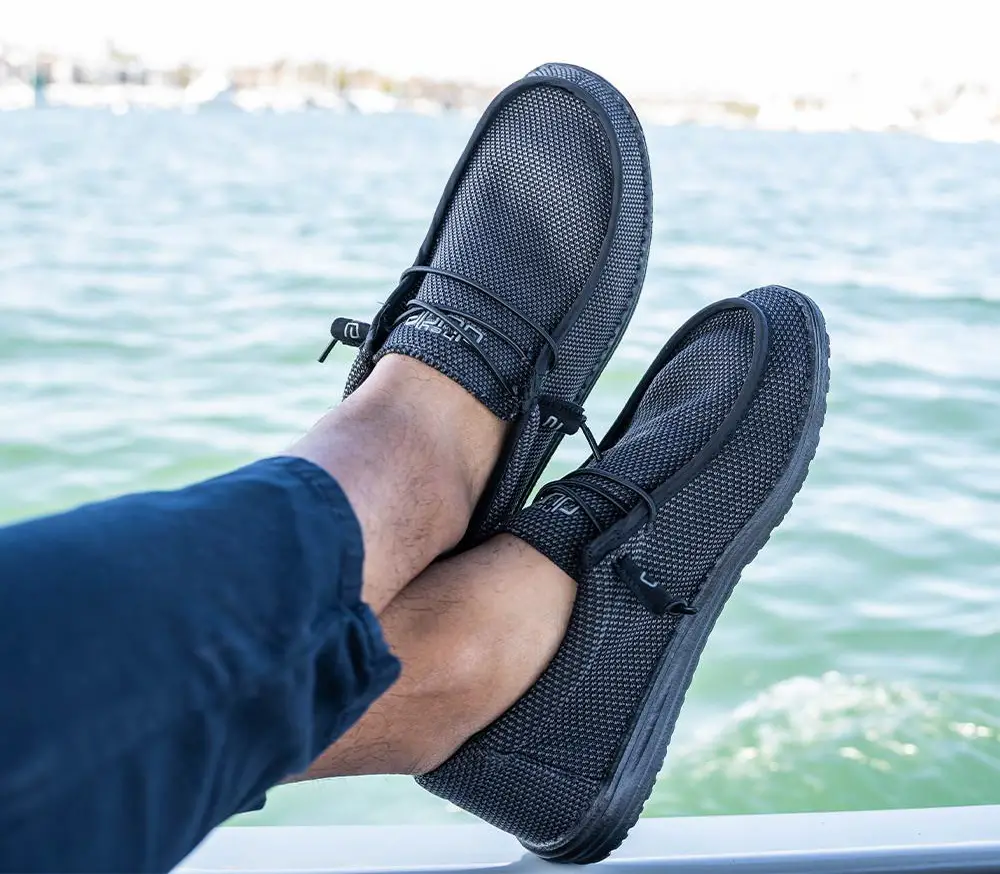
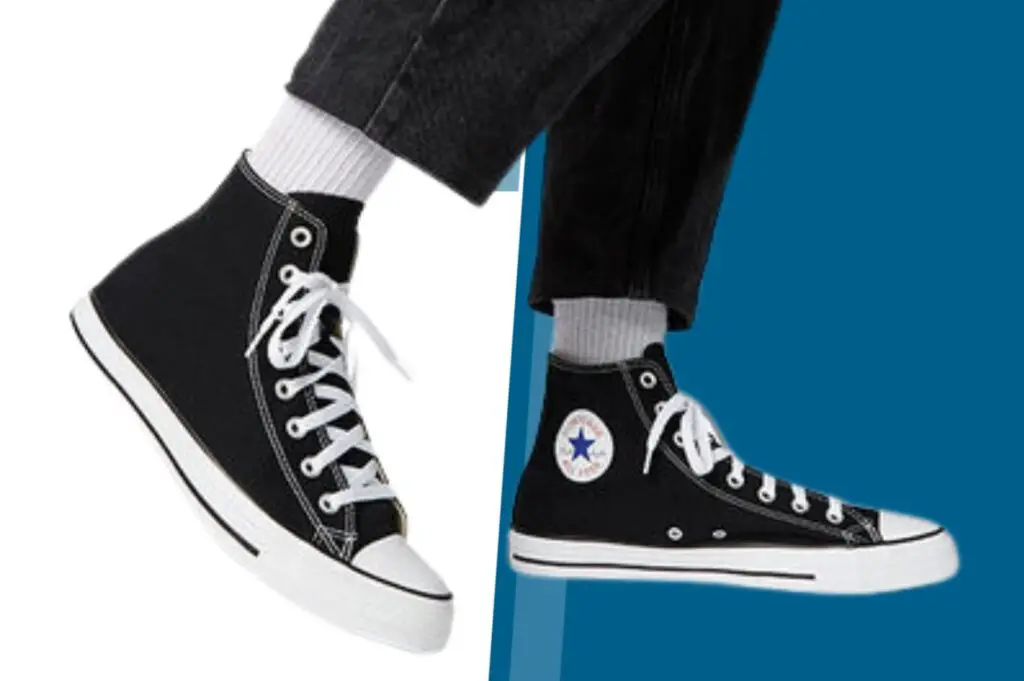
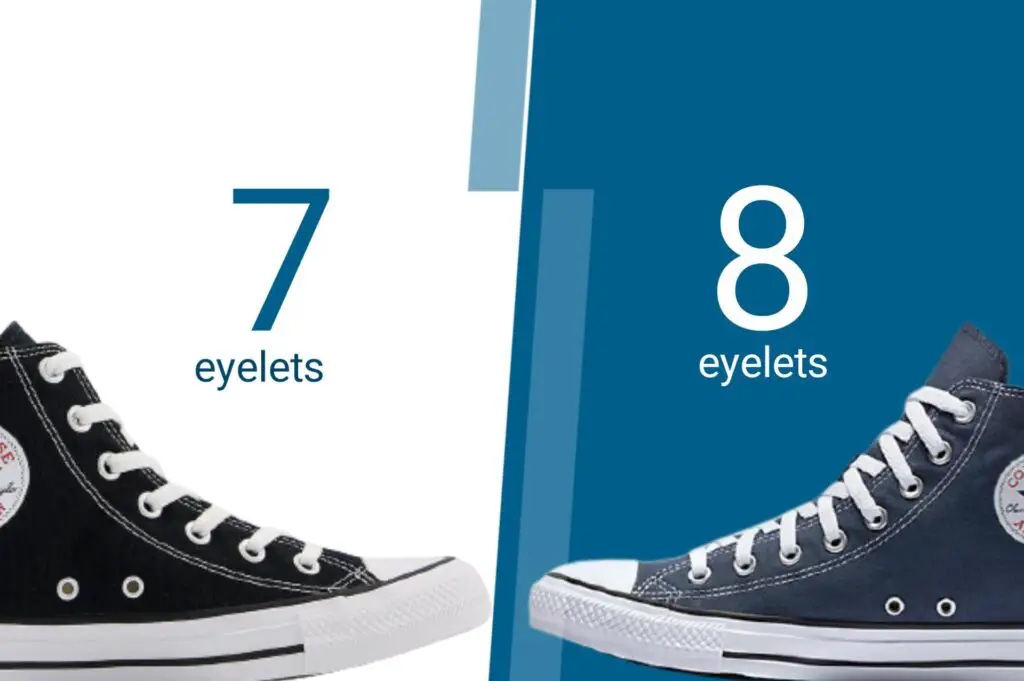
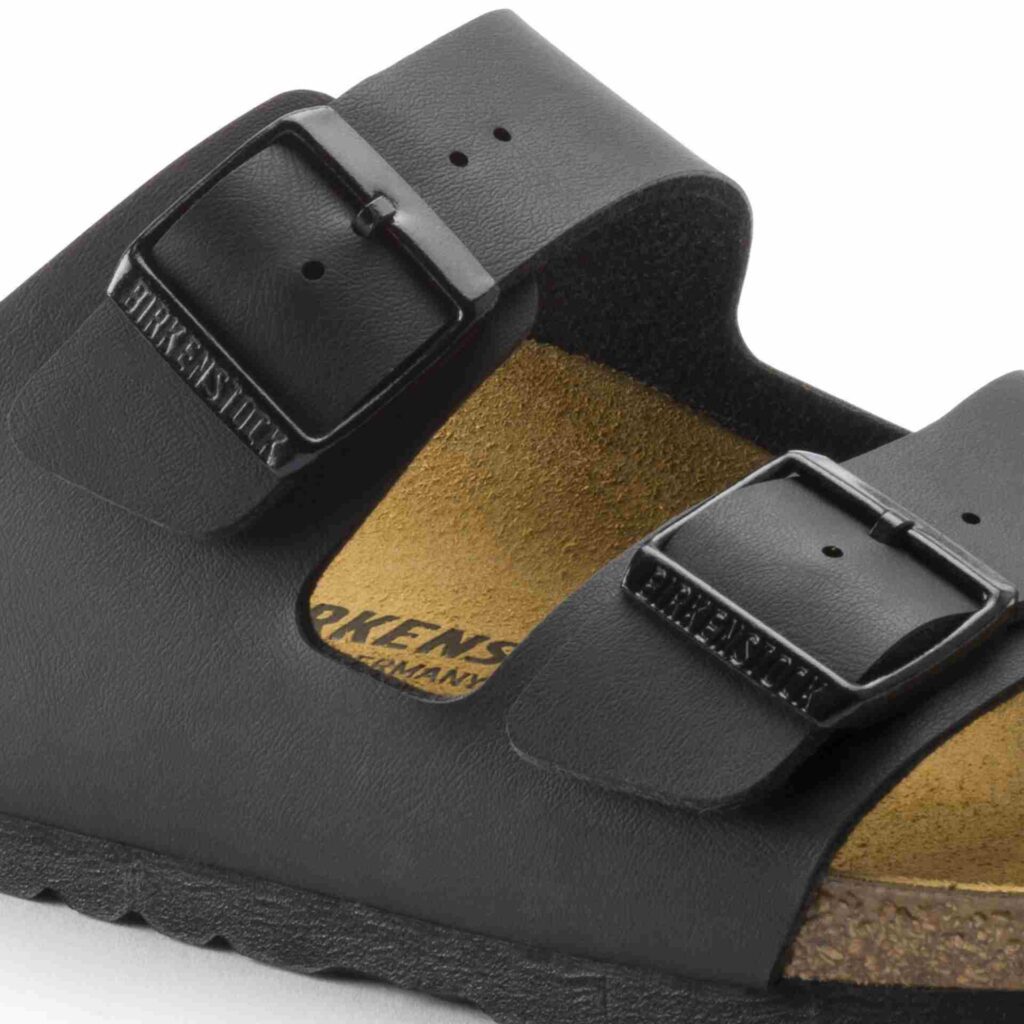
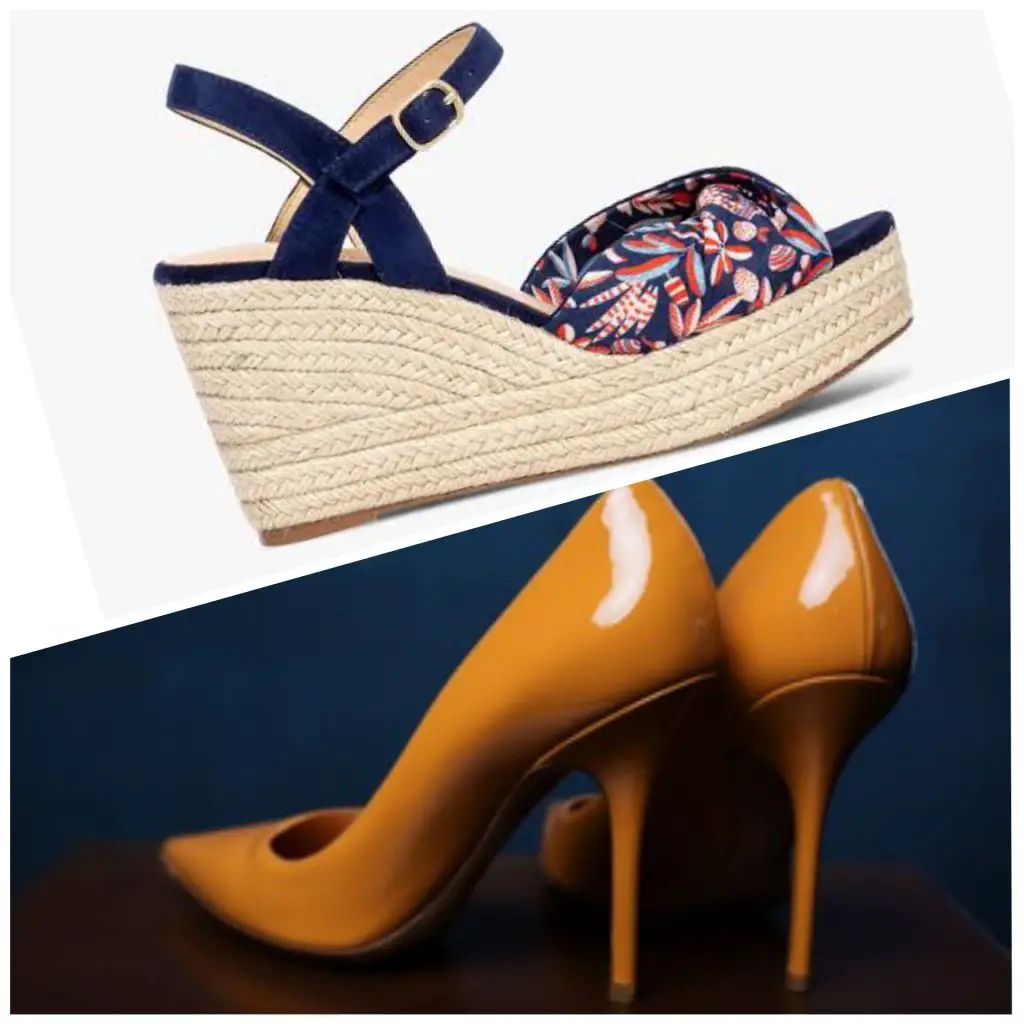
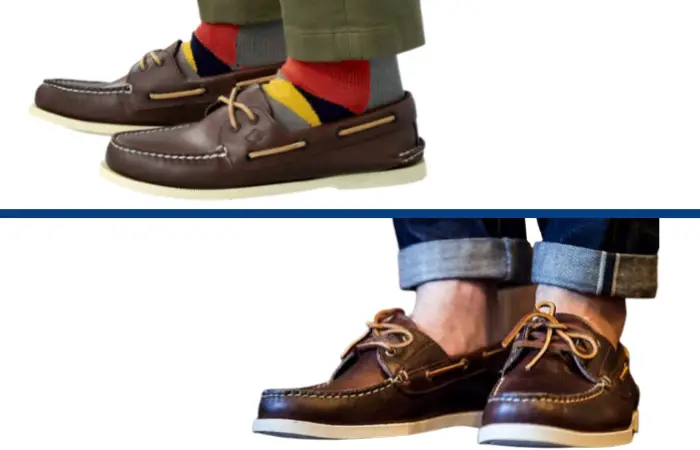
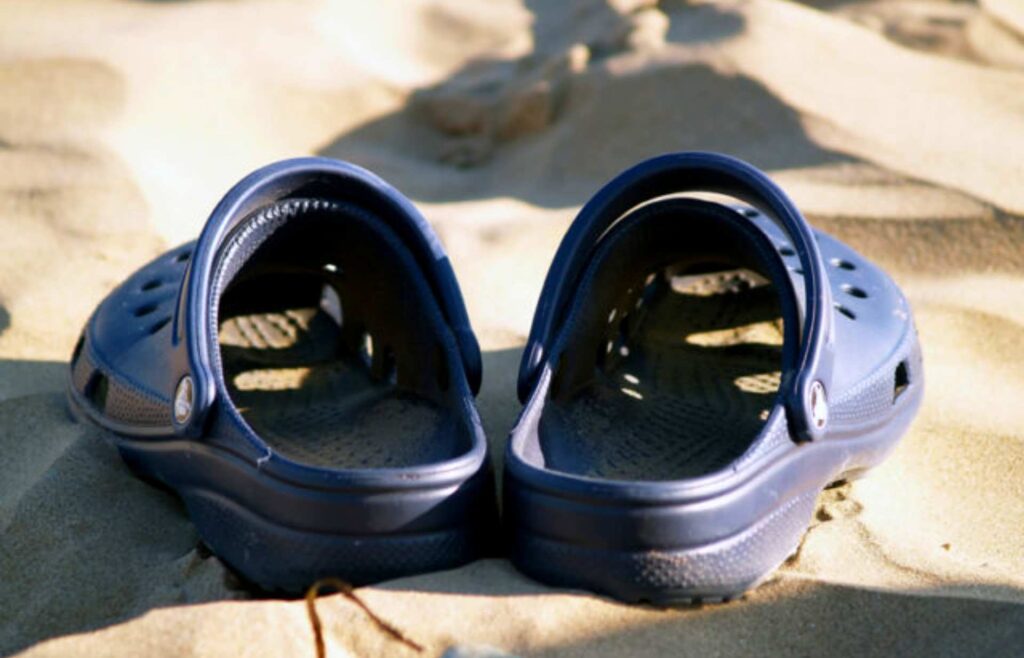
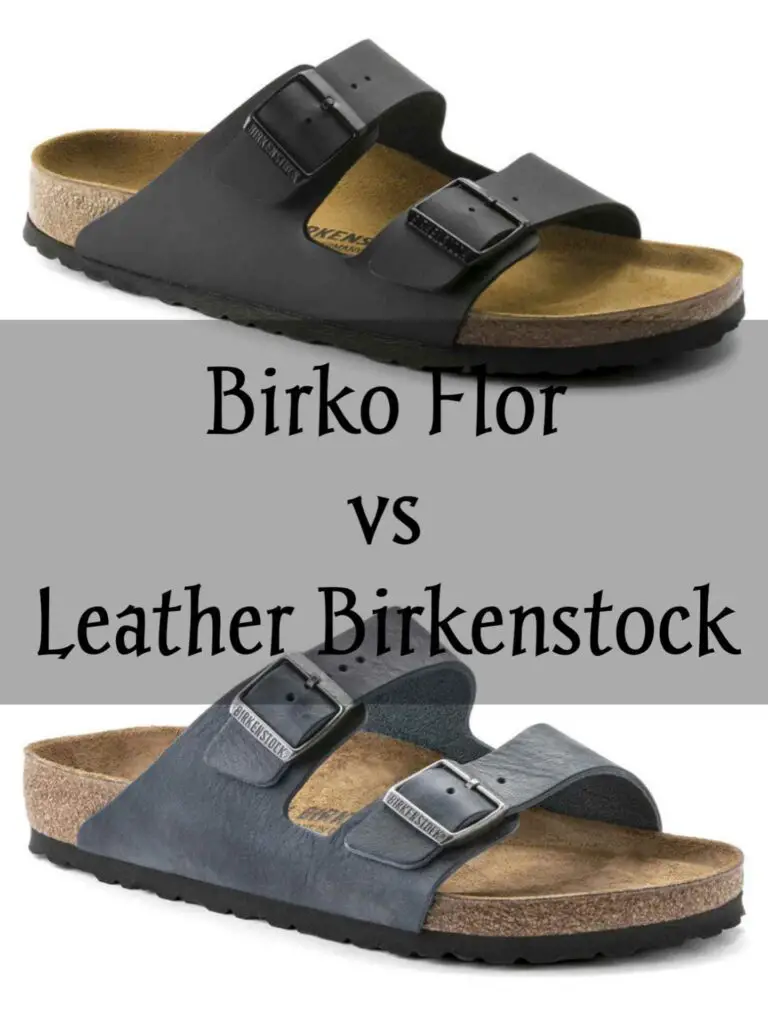
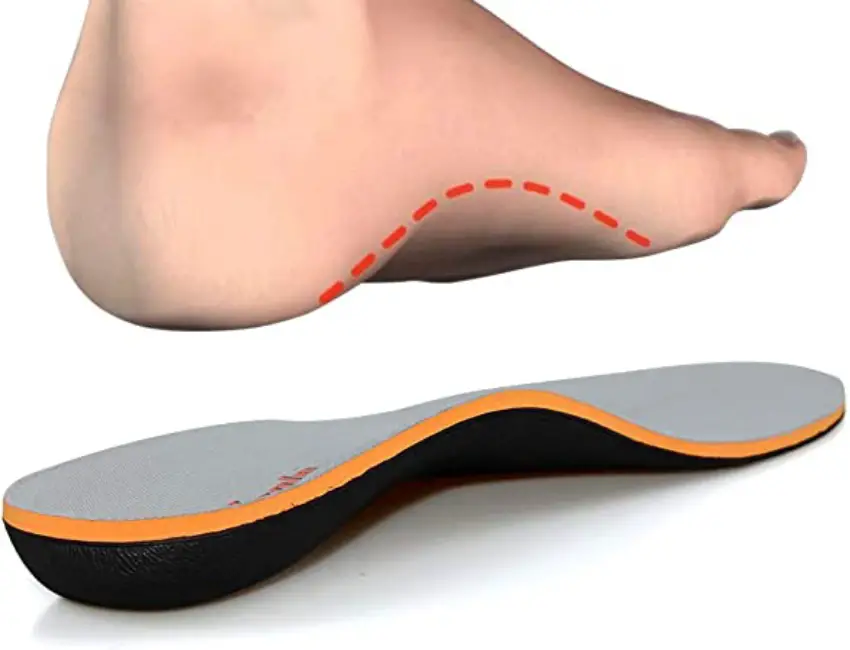

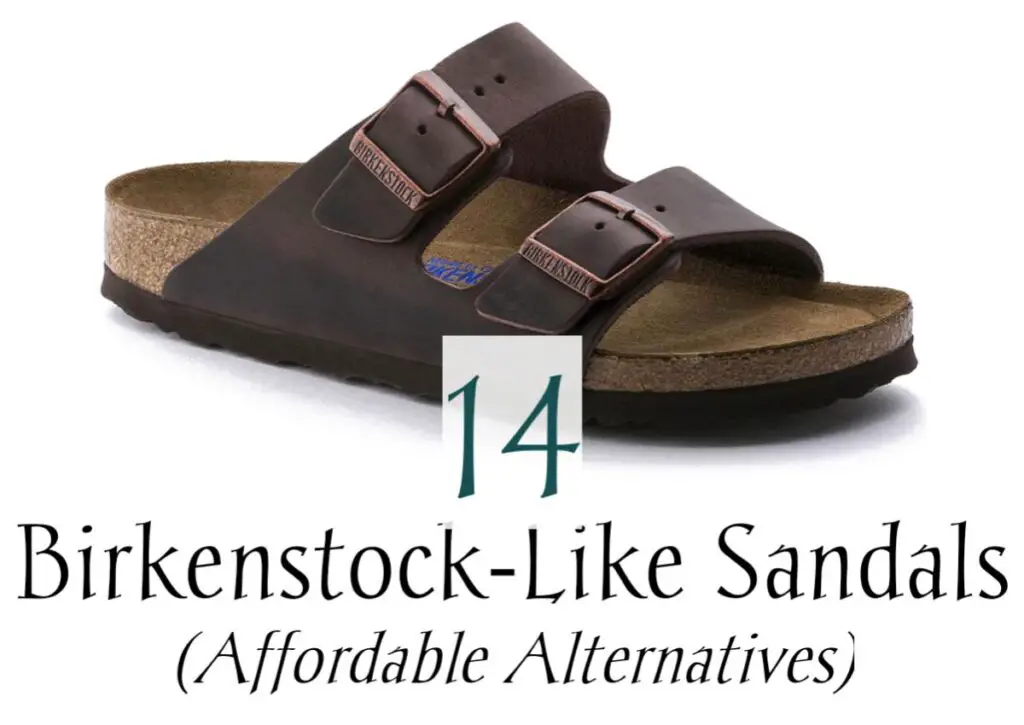
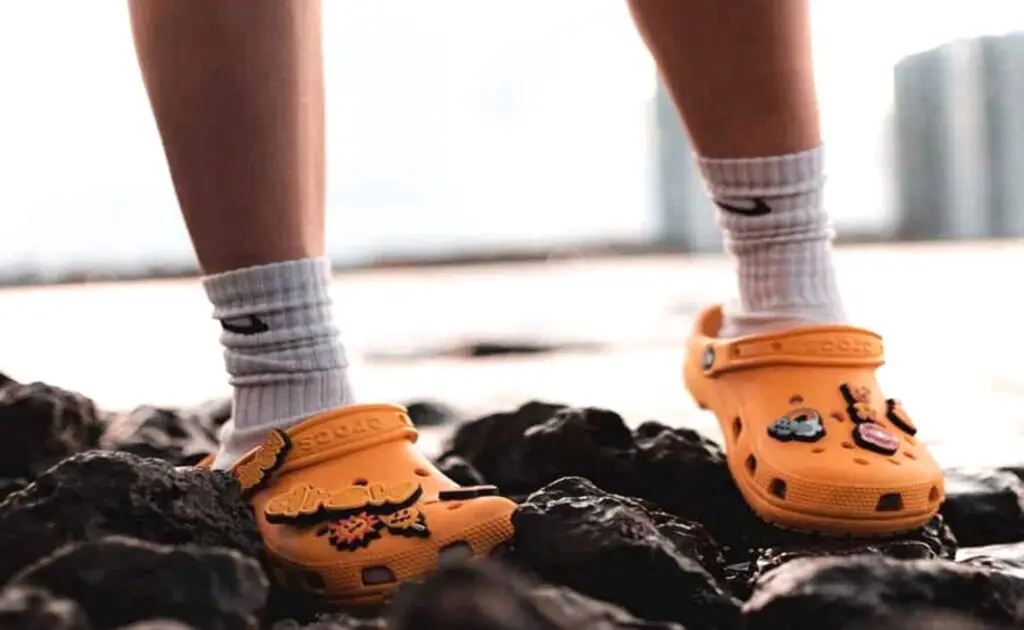


Pingback: What is a Penny Loafer? (Definition, History & FAQs) | Shoe Habour